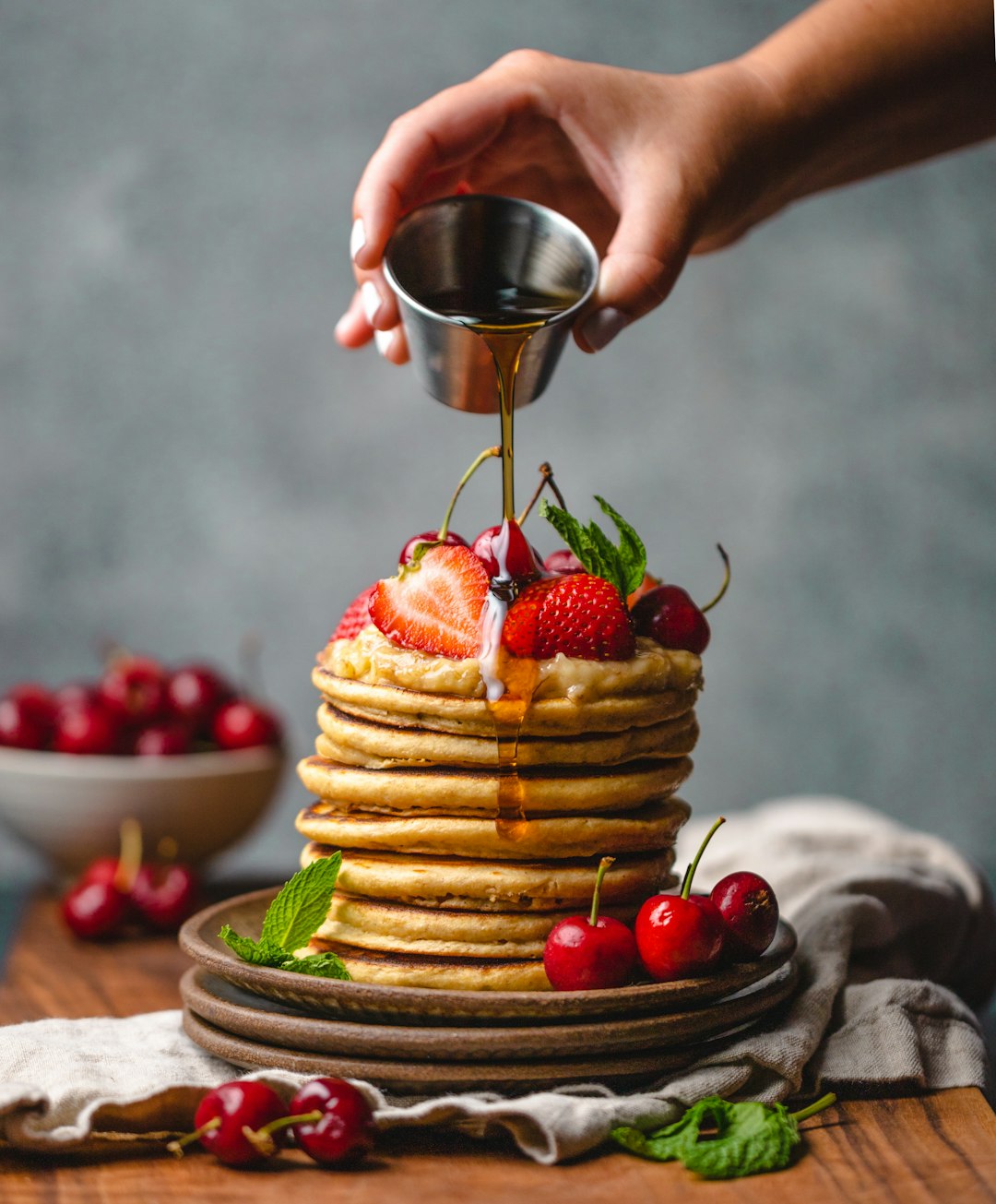Pickling and preserving food has been a traditional method of food preservation for centuries. Not only does pickling and preserving extend the shelf life of fruits and vegetables, but it also enhances their flavor and adds a tangy twist to everyday meals. Whether you want to add a pop of flavor to your sandwiches or enjoy a tangy side dish with your main course, homemade pickles and preserves are a great way to elevate your culinary skills.
Making your own pickles and preserves may seem like a daunting task, but with a few simple ingredients and a bit of patience, you can create delicious and flavorful treats that will impress your friends and family. In this blog post, we will guide you through the process of making your own pickles and preserves, from choosing the right ingredients to storing and enjoying your homemade creations.
Choosing the Right Ingredients
The first step in making your own pickles and preserves is to choose the right ingredients. The key to successful pickling and preserving is to use fresh and high-quality fruits and vegetables. Be sure to pick produce that is in season and at its peak freshness for the best results. Some popular fruits and vegetables for pickling and preserving include cucumbers, peppers, cabbage, beets, and carrots.
In addition to fruits and vegetables, you will also need to gather some basic pickling ingredients such as vinegar, salt, sugar, and spices. Vinegar is an essential ingredient in pickling as it helps to preserve the food and gives it that tangy flavor. Salt is used to draw out excess moisture from the fruits and vegetables, while sugar helps to balance out the acidity of the vinegar. Spices such as dill, garlic, mustard seeds, and peppercorns can be added to enhance the flavor of your pickles and preserves.
Preparing the Ingredients
Once you have gathered all your ingredients, it’s time to prepare them for pickling and preserving. Start by washing and peeling the fruits and vegetables that you plan to pickle. If you are using cucumbers, be sure to remove the ends and slice them into the desired shape – spears, slices, or whole pickles. For other vegetables, chop them into even-sized pieces for uniform pickling.
Next, prepare the brine – a mixture of vinegar, water, salt, and sugar. The ratio of these ingredients can vary depending on your taste preferences, but a common ratio is 1:1 water to vinegar with 1-2 tablespoons of salt and sugar per cup of liquid. Bring the brine to a boil in a saucepan and let it simmer for a few minutes to dissolve the salt and sugar.
Adding Flavor
To add flavor to your pickles and preserves, you can customize the brine with spices and herbs. Common spices used in pickling include dill, garlic, mustard seeds, and peppercorns. You can also experiment with adding bay leaves, cinnamon sticks, cloves, or chili flakes for a unique flavor profile. Simply add your desired spices to the brine before pouring it over the fruits and vegetables.
Packing the Jars
Once you have prepared the fruits and vegetables and flavored the brine, it’s time to pack everything into jars for pickling and preserving. Start by sterilizing your jars and lids by boiling them in water for a few minutes. This will help to kill any bacteria and ensure that your pickles and preserves stay fresh for longer.
Pack the fruits and vegetables tightly into the jars, leaving a bit of space at the top for the brine. Pour the hot brine over the fruits and vegetables, making sure to cover them completely. Seal the jars with the lids and let them cool to room temperature before storing them in the refrigerator.
Storing and Enjoying
Homemade pickles and preserves can be stored in the refrigerator for up to a few weeks, allowing the flavors to develop and intensify over time. Be sure to label your jars with the date of preparation and consume them within a few weeks for the best taste and texture.
Pickles and preserves can be enjoyed in a variety of ways – as a tangy side dish for your main course, a topping for sandwiches and burgers, or even as a snack on their own. Experiment with different fruits and vegetables, spices, and flavor combinations to create your own unique pickles and preserves that reflect your culinary creativity.
In conclusion, making your own pickles and preserves is a fun and rewarding way to explore the world of food preservation and add a flavorful twist to your meals. With a few simple ingredients and a bit of patience, you can create delicious and tangy treats that will impress your friends and family. So roll up your sleeves, gather your ingredients, and start pickling and preserving today – you’ll be amazed at the results!

